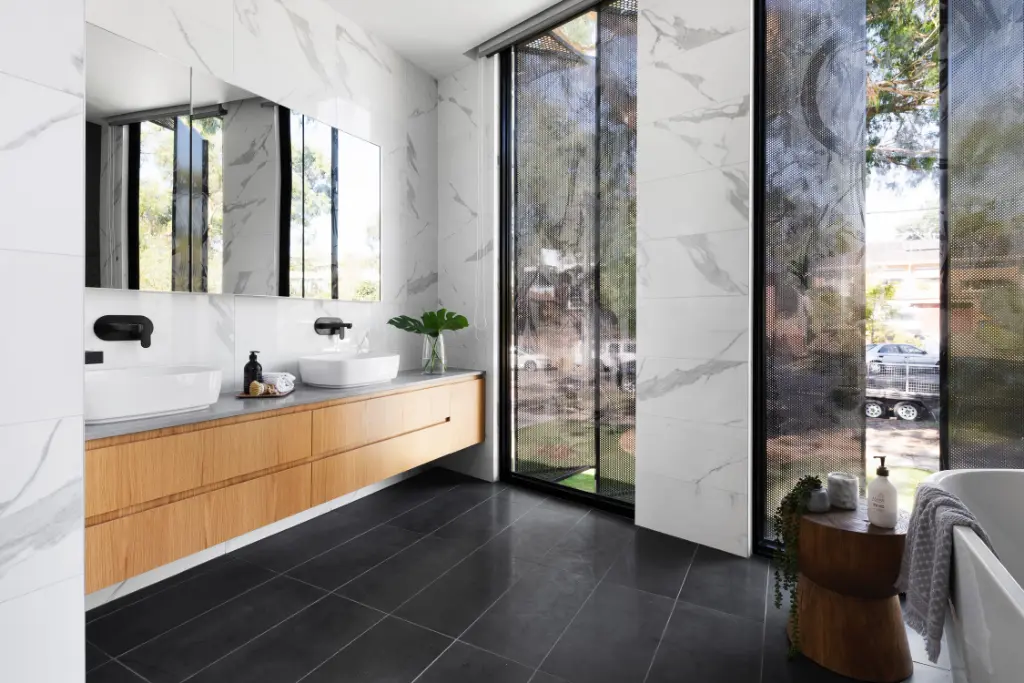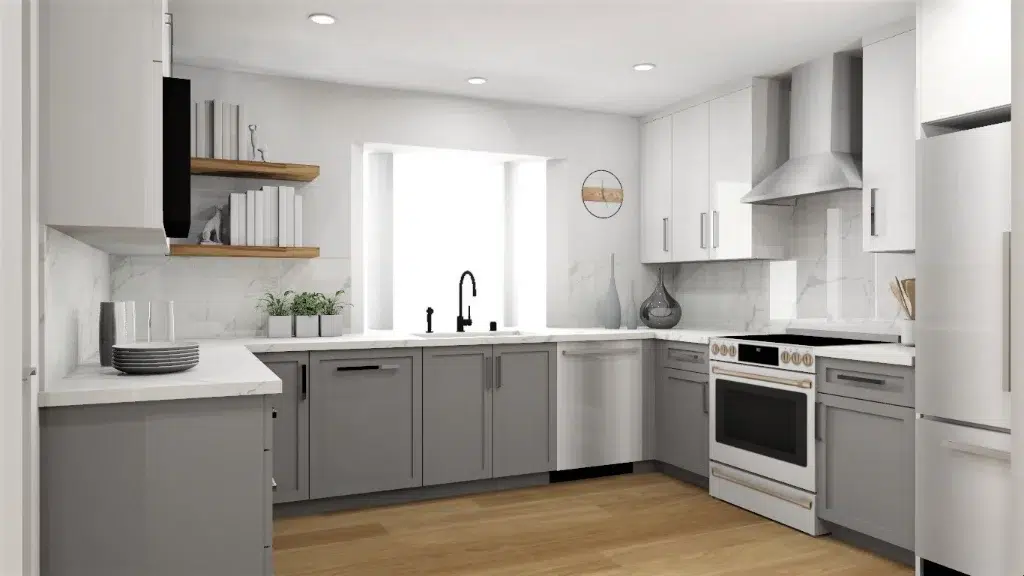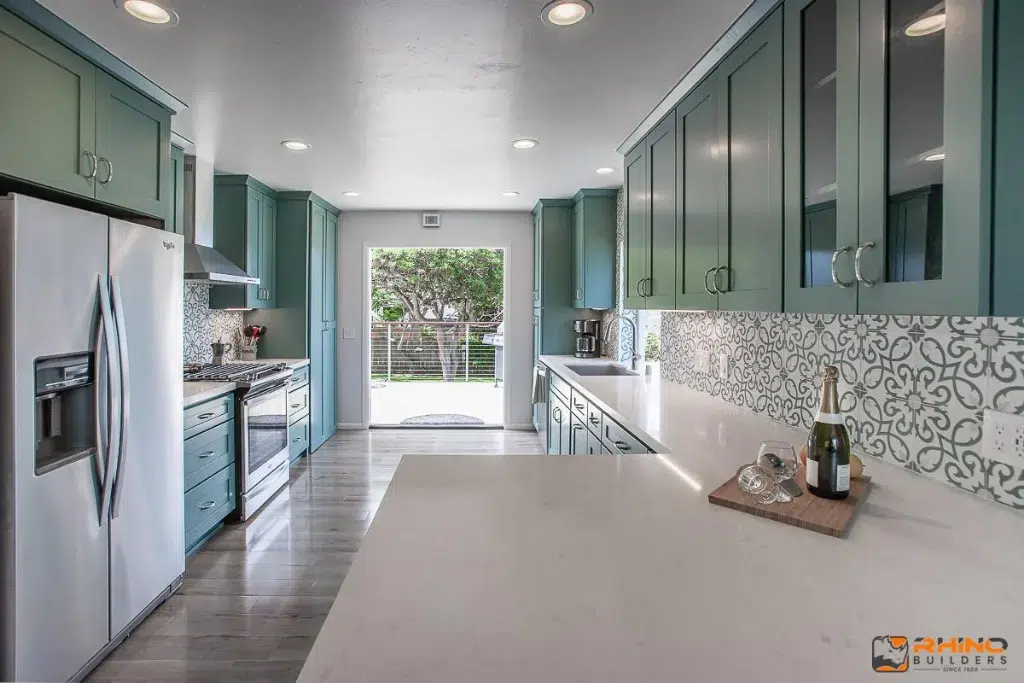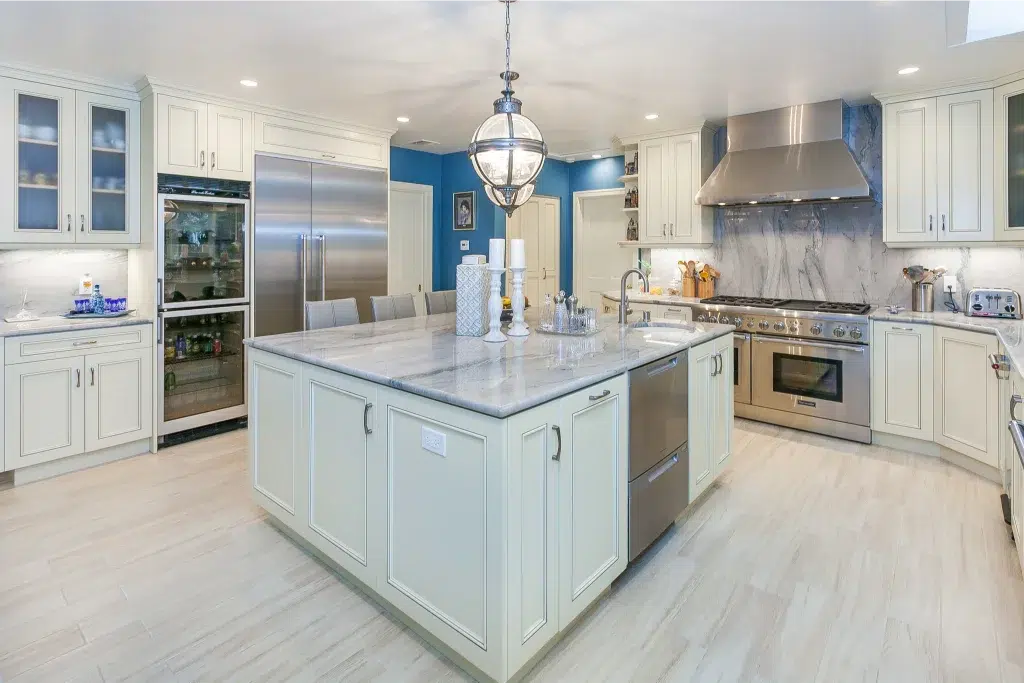Home renovation projects are always an exciting venture. It’s an opportunity to breathe new life into your living space, enhance functionality, and boost your home’s value. However, one aspect that often looms large in the planning process is the cost. Understanding the financial implications of a 12×12 room addition is crucial before diving into such a significant undertaking. In this guide, we’ll delve into the significance of comprehending the 12×12 room addition cost, shed light on the various factors influencing it, and provide insights to empower you in making informed decisions.

Exploring the Cost Dynamics
Adding a 12×12 room to your home involves a myriad of expenses, each playing a pivotal role in determining the overall cost. Let’s delve into the core elements of these cost dynamics:
Breakdown of Material Expenses: The materials you select for your room addition significantly impact the budget. From the foundation to the roof, and every detail in between, the choice of materials can sway the cost in various directions. Opting for high-quality, durable materials may entail a higher upfront investment but can lead to long-term savings and increased satisfaction.
Analysis of Labor Costs: Skilled labor is essential for bringing your vision to life. Construction, plumbing, electrical work, and other specialized tasks require the expertise of professionals. Labor costs vary based on factors such as location, labor market conditions, and the complexity of the project. Understanding these nuances is essential for accurate budgeting and ensuring the quality of workmanship.
Unveiling Additional Costs Involved: In addition to materials and labor, there are often unforeseen expenses associated with a room addition project. Permit fees, architectural design services, structural modifications, and unexpected setbacks are all potential contributors to the final cost. Anticipating these additional costs and factoring them into your budget from the outset can prevent unpleasant surprises down the road.

By gaining a comprehensive understanding of the cost dynamics involved in adding a 12×12 room to your home, you’ll be better equipped to navigate the planning and decision-making process. Stay tuned as we delve deeper into the factors influencing cost and share valuable insights to help you manage expenses effectively.
Factors Influencing Cost
When venturing into the realm of construction projects, understanding the intricate web of factors influencing costs is paramount. Here’s a closer look at three pivotal elements:
Structural Considerations:
The backbone of any building lies in its structural integrity. This factor stands as a cornerstone in determining construction costs. Elements such as the type of foundation needed, the load-bearing capacity required to support the structure, and seismic considerations in earthquake-prone areas all factor into the financial equation. Moreover, the complexity of structural elements, including beams, columns, and trusses, can significantly impact expenses. More intricate designs demand specialized materials and skilled craftsmanship, consequently driving up costs.
Design Complexity:
The aesthetic appeal and intricacy of a design directly correlate with construction costs. Projects boasting elaborate architectural designs often come with a hefty price tag. This is attributed to the increased labor, specialized materials, and meticulous attention to detail required to bring such designs to life. Conversely, opting for simpler designs can streamline the construction process and lead to overall cost savings. By striking a balance between design sophistication and budget constraints, one can navigate the fine line between artistic vision and financial feasibility.
Location Specifics:
Geographical location serves as a key determinant in construction costs. Variations in factors such as material accessibility, labor availability, local building codes, and environmental regulations can wield significant influence. The cost of materials and labor can fluctuate from one region to another, impacting project expenses accordingly. Furthermore, site-specific conditions such as terrain, climate, and environmental considerations can introduce additional cost variables. By understanding the nuances of location-specific factors, one can better anticipate and manage construction costs.
In essence, embarking on a construction project entails a meticulous consideration of these factors. By recognizing the interplay between structural integrity, design complexity, and location specifics, one can navigate the intricacies of cost management with finesse and foresight. Each decision made along the way contributes to the overarching goal of achieving a successful outcome within predefined budgetary constraints.
Strategies to Manage Costs
While construction costs can undoubtedly be substantial, adopting effective cost management strategies can serve as a guiding beacon, ensuring the project stays within budgetary confines without compromising on quality. Let’s delve deeper into some key strategies that can pave the way for prudent financial stewardship:
DIY vs. Hiring Professionals:
The age-old dilemma of whether to roll up one’s sleeves and dive into DIY territory or enlist the expertise of seasoned professionals remains a crucial decision point. Undertaking certain tasks oneself may seem enticing as it presents an opportunity to save on labor costs. However, it’s imperative to acknowledge that DIY projects necessitate more than just enthusiasm; they require a proficient blend of skills, time, and resources.
Conversely, opting to hire experienced professionals guarantees a level of workmanship and expertise that can be challenging to replicate. While this choice may entail higher labor expenses, the assurance of quality and efficiency often outweighs the initial financial outlay.
Smart Material Selection:
The choice of materials holds immense sway over construction costs. Opting for high-quality yet cost-effective materials serves as a cornerstone in striking a delicate balance between durability and affordability. By meticulously scrutinizing material options, one can identify those that offer optimal value without compromising on performance. Moreover, considering materials that are locally sourced or readily available can yield dual benefits: not only does it contribute to a reduction in transportation costs, but it also fosters a sense of environmental responsibility by minimizing carbon footprint.
Budget-Friendly Design Alternatives:
In the realm of construction, innovation thrives in the guise of budget-friendly design alternatives. Simplifying architectural designs, embracing the versatility of prefabricated components, or exploring cost-effective construction methods are just a few avenues through which expenses can be mitigated.
The essence lies in preserving structural integrity and aesthetic appeal while judiciously navigating the financial landscape. By embracing creativity and ingenuity, one can unlock a treasure trove of design possibilities that not only meet budgetary constraints but also exceed expectations.
In essence, effective cost management transcends mere number-crunching; it embodies a mindset of resourcefulness, pragmatism, and foresight. By integrating strategies such as DIY vs. professional engagement, smart material selection, and budget-friendly design alternatives into the fabric of construction endeavors, one can embark on a journey of financial stewardship with confidence and conviction.

Each decision made along the way serves as a testament to the art of balancing financial prudence with aspirational vision, ultimately culminating in the realization of a construction project that stands as a testament to both fiscal responsibility and unwavering quality.
Real-Life Examples and Case Studies
Delving into real-life examples and case studies not only enriches our understanding of cost-efficient construction practices but also serves as a beacon of inspiration for future endeavors. Let’s embark on a journey through these illuminating narratives:
Insightful Examples of Successful Projects:
Highlighting successful projects that exemplify astute cost management can offer invaluable insights into navigating the financial intricacies of construction. These examples stand as beacons of innovation, showcasing how creative thinking and strategic decision-making can lead to remarkable outcomes. By delving into these success stories, we uncover a tapestry of innovative approaches and effective cost-saving measures that serve as guiding lights for future endeavors. From streamlined architectural designs to judicious material selection and efficient project management practices, these projects offer a treasure trove of inspiration and practical guidance.
Lessons Learned from Cost-Efficient Additions:
Analyzing case studies of cost-efficient additions unveils a wealth of lessons for optimizing construction budgets. By scrutinizing these real-world examples, stakeholders can glean valuable insights into the nuances of effective cost management practices. Each case study serves as a microcosm of challenges, strategies, and outcomes, offering a nuanced understanding of the factors at play. From identifying key cost-saving strategies to navigating unforeseen challenges and evaluating the impact on project timelines and budgets, these case studies provide a comprehensive roadmap for success. By distilling the lessons learned from these experiences, stakeholders can arm themselves with the knowledge and foresight needed to navigate the complexities of construction projects with confidence and competence.
In essence, examining real-life examples and case studies transcends mere observation; it embodies a journey of discovery and enlightenment. By immersing ourselves in these narratives, we gain not only a deeper understanding of cost-efficient construction practices but also a newfound appreciation for the artistry and ingenuity that underpins every successful project. As we draw inspiration from these tales of triumph and tribulation, we are empowered to chart our paths, armed with the wisdom and insights gleaned from those who have journeyed before us.
Frequently Asked Questions (Q/A)
Addressing common queries regarding construction costs and strategies for cost management:
1. What is the average cost of a 12×12 room addition?
The average cost of a 12×12 room addition can vary depending on several factors, including location, materials used, labor costs, and the complexity of the project. On average, homeowners can expect to invest anywhere from $20,000 to $50,000 for a basic room addition of this size. However, it’s essential to obtain multiple quotes from reputable contractors to get a more accurate estimate tailored to your specific needs and circumstances.
2. How do materials impact the overall cost?
Materials play a significant role in determining construction costs. High-quality materials typically come with a higher price tag but offer better durability and longevity, potentially reducing long-term maintenance expenses. Conversely, opting for lower-cost materials can help minimize upfront costs but may compromise on quality and longevity. It’s crucial to strike a balance between cost and quality by selecting materials that meet your project requirements and budget constraints.
3. Is hiring professionals always more expensive?
While hiring professionals may incur higher upfront costs compared to DIY projects, it often proves to be a worthwhile investment in terms of quality, efficiency, and overall project success. Professional contractors bring expertise, experience, and specialized skills to the table, ensuring that the project is completed to high standards and within the stipulated timeframe. Additionally, hiring professionals can help mitigate risks associated with errors, safety hazards, and regulatory compliance, ultimately saving time and money in the long run.
4. Are there any hidden costs to consider?
Construction projects often entail various hidden costs that may not be immediately apparent during the planning stages. These hidden costs can include permit fees, utility hookups, site preparation expenses, unforeseen structural issues, and unexpected delays. It’s essential to factor in a contingency budget of around 10% to 20% of the total project cost to account for such unforeseen expenses and ensure that you’re adequately prepared to handle any unexpected challenges that may arise.
5. How can I ensure the best return on investment?
To maximize the return on investment (ROI) for your construction project, consider factors such as the project’s purpose, market demand, and long-term benefits. Focus on improvements that add significant value to your property, such as adding extra living space, enhancing curb appeal, or upgrading essential features like kitchens and bathrooms. Additionally, prioritize energy-efficient upgrades and sustainable design elements that not only improve your home’s resale value but also reduce operating costs and environmental impact over time. Consulting with real estate professionals and conducting thorough market research can help you make informed decisions that yield the best ROI for your investment.
Conclusion:
In conclusion, embarking on a 12×12 room addition project requires a comprehensive understanding of its cost dynamics. By navigating through the intricacies of construction expenses, implementing effective cost-management strategies, and drawing insights from practical examples, you can approach your home expansion endeavor with confidence and clarity.
Understanding the Factors: It’s crucial to grasp the various factors that influence the costs of a room addition, including structural considerations, design complexity, and location specifics. By assessing these factors carefully, you can anticipate potential expenses and plan accordingly.
Managing Expenses: Exploring strategies to manage costs is key to ensuring a successful and budget-friendly project. Whether it’s choosing between DIY and professional services, selecting materials wisely, or opting for budget-friendly design alternatives, strategic decision-making can help keep expenses in check without compromising on quality.
Learning from Real-Life Examples: Drawing inspiration from successful projects and learning from their cost-efficient approaches can provide valuable insights for your endeavor. By studying real-life examples, you can glean practical tips, identify potential challenges, and apply proven strategies to optimize your project’s budget and outcomes.
Moving Forward: As you contemplate your room addition project, remember to weigh your options thoughtfully, prioritize your needs, and seek professional guidance when necessary. Making informed decisions and planning meticulously will set the stage for a successful and cost-effective outcome.
If you’re ready to take the next step in your home expansion journey, continue exploring our guide for additional insights, resources, and expert advice. With the right knowledge and preparation, you can transform your vision into reality while staying within your budgetary constraints.







